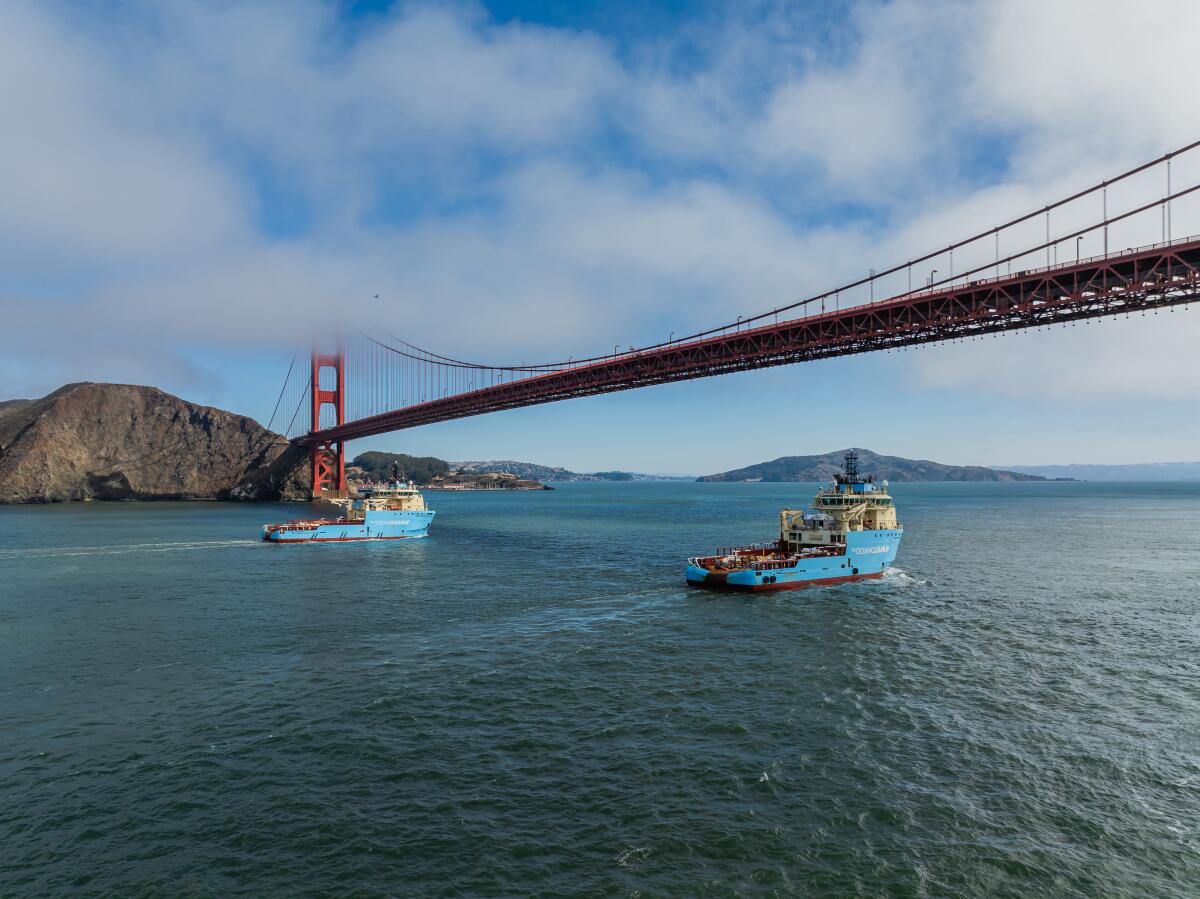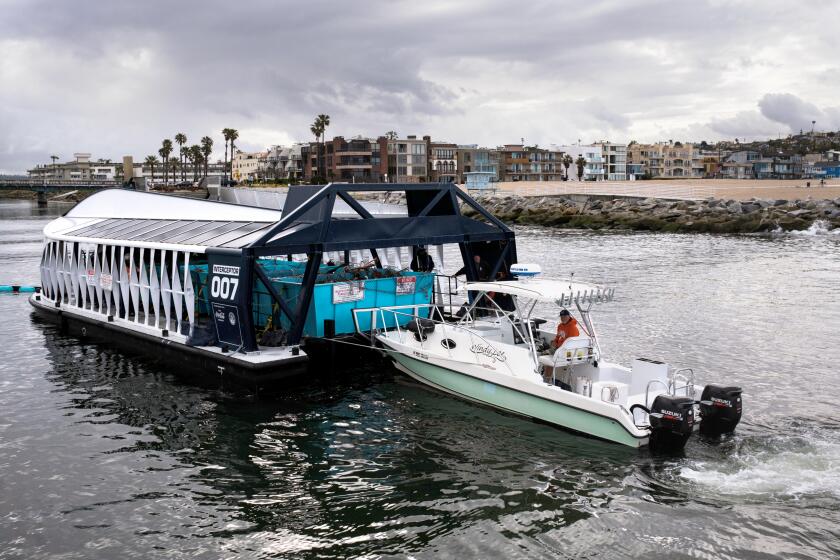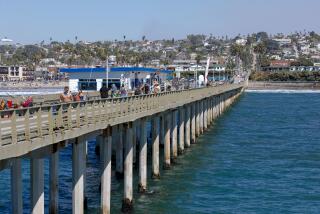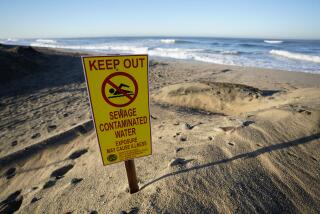Great Pacific Garbage Patch could be eliminated in 10 years, cleanup organization says

After three years extracting plastic waste from the notorious Great Pacific Garbage Patch, an environmental nonprofit says it can finish the job within a decade, with a price tag of several billion dollars.
Twice the size of Texas, the mass of about 79,000 metric tons of plastic floating in the Pacific Ocean between California and Hawaii is growing at an exponential pace, according to researchers.
At current levels, the cleanup would take a decade with a price tag of $7.5 billion, the Netherlands-based Ocean Cleanup said in a press release, announcing the group’s intention to eliminate the garbage patch entirely. However, computer models suggest a more aggressive approach could complete the job in just five years and cost $4 billion.
The cleanup vessels deploy enormous u-shaped floating barriers to funnel trash toward a focal point where it can then be loaded aboard and brought to shore.
Friday’s announcement marked the group’s first time and cost estimate of the massive cleanup project.
The Great Pacific Garbage Patch is getting greater.
For the record:
3:54 p.m. Sept. 7, 2024A previous version of this article said that Ocean Cleanup vessels had removed more than a million tons of trash in three years. The amount was a million pounds.
In their three years at sea, the Ocean Cleanup vessels have removed more than a million pounds of trash, representing 0.5% of the total accumulation.

“We have shown the world that the impossible is now possible. The only missing thing is who will ensure this job gets done,” said Boyan Slat, founder and chief executive of the Ocean Cleanup.
Plastic waste costs the global economy “$2.5 trillion per year in damage to economies, industries and the environment,” the group said.
The Ballona Creek Trash Interceptor 007 collected nearly 155,000 pounds of trash in the first rainy season of its two-year pilot project.
In addition to removing trash from the garbage patch, the Ocean Cleanup has deployed trash interceptors in waste-ridden outlets to the world’s oceans, including one in Marina del Rey.
That device kept about 77 tons of trash from entering the Pacific through Ballona Creek during its first rainy season last year.
More to Read
Sign up for Essential California
The most important California stories and recommendations in your inbox every morning.
You may occasionally receive promotional content from the Los Angeles Times.












